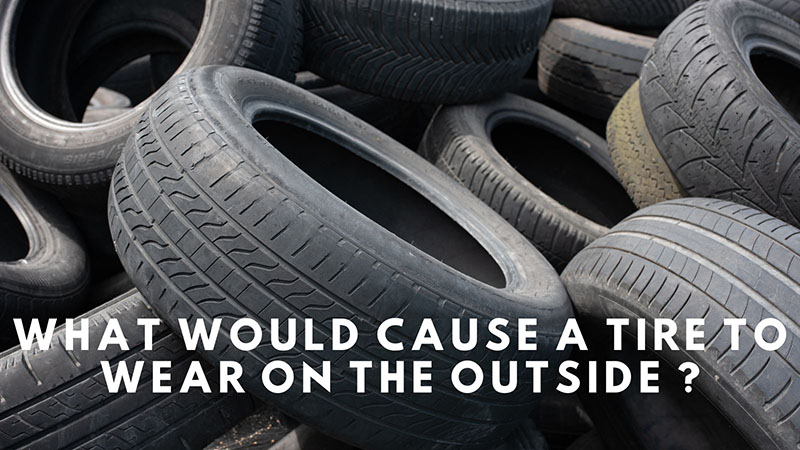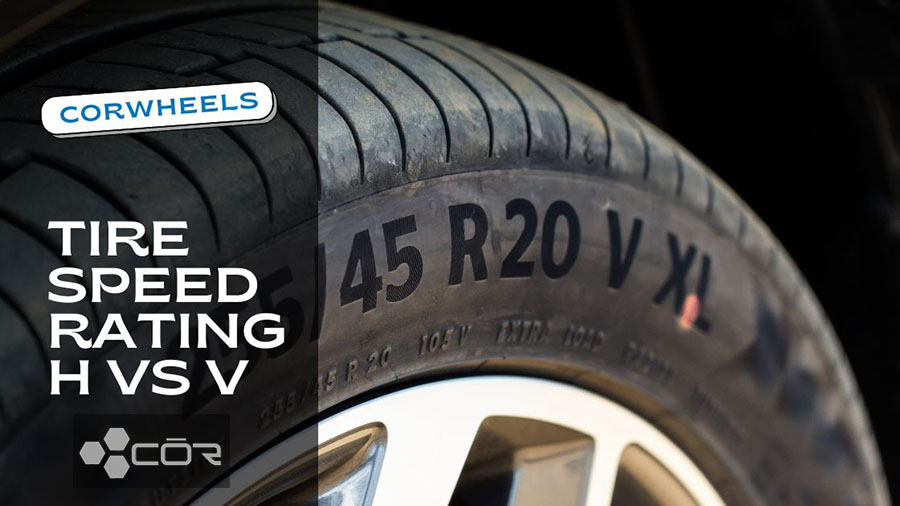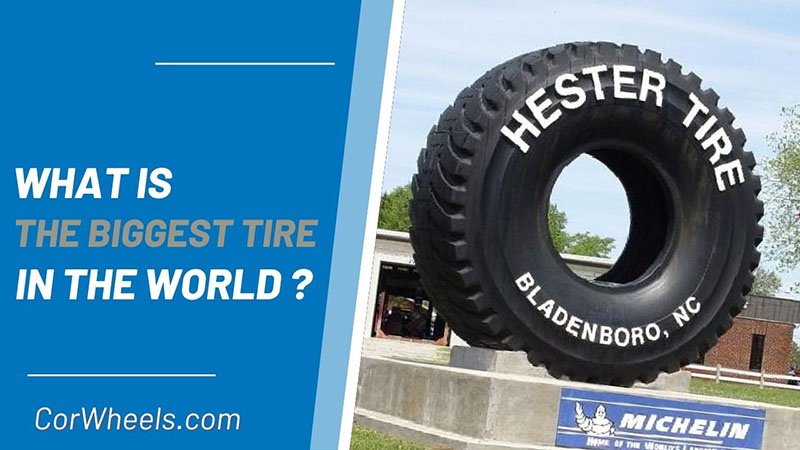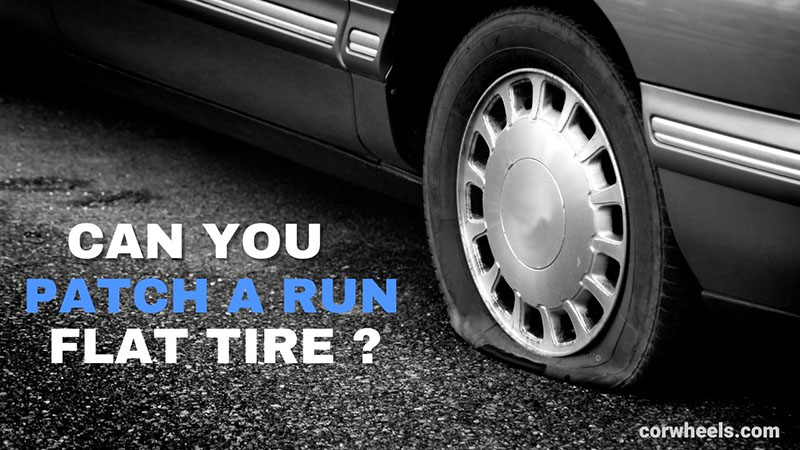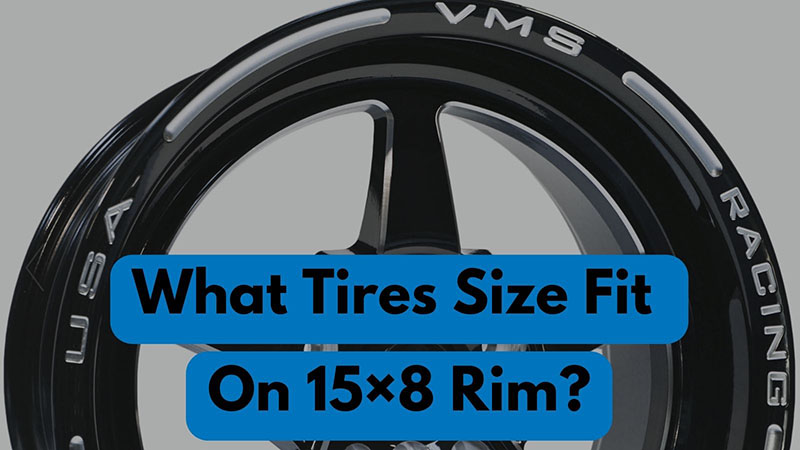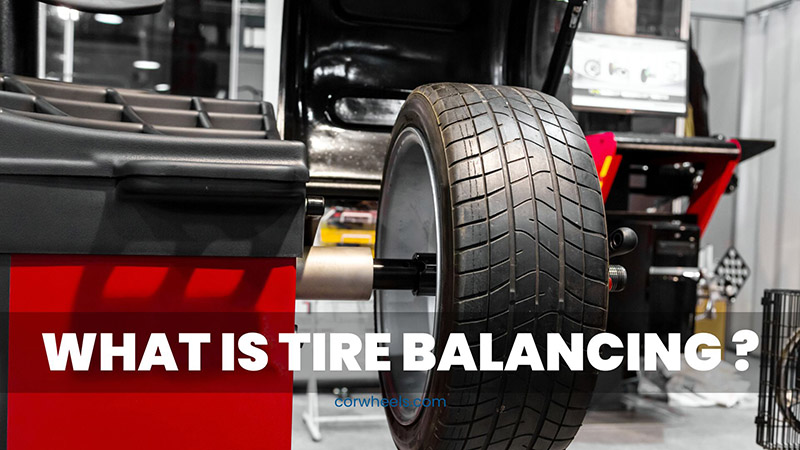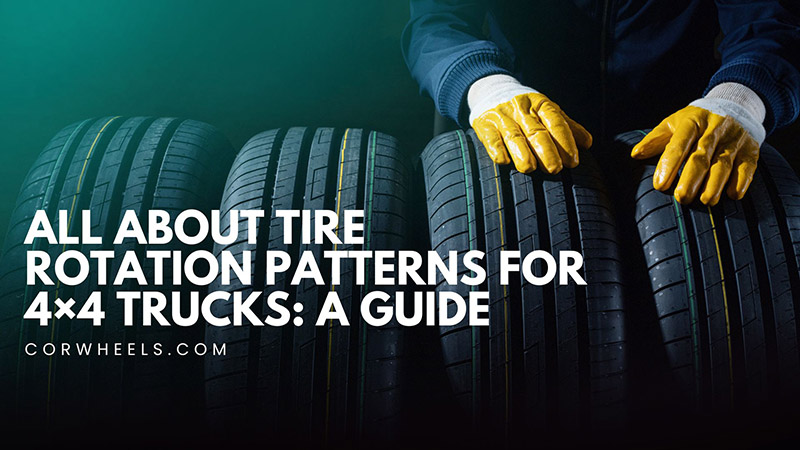Tire wear on outside edge does not pose immediate danger, which explains why average drivers tend to shrug them off as “nothing to worry about.” That could not stray further from the truth; affected fuel mileage, lost steering control, and even tire blowouts might stem from there.
Keep scrolling to learn more about the reasons and solutions.
In this article:
What Would Cause A Tire to Wear On The Outside? Fixing Tips
Outside tire wear mostly results from underinflated tires, positive front cambers, or worn-out parts on the suspension system. You can’t fix the already damaged tread, but improper inflation and replacement parts can prevent this.
1. Underinflation Wear
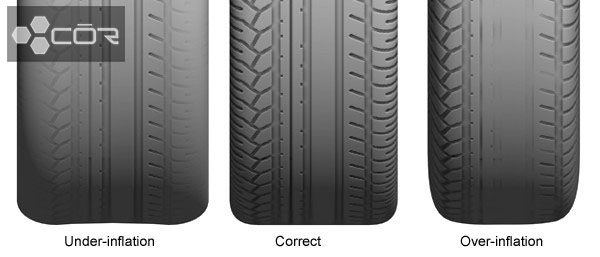
Underinflated tires start showing accelerating wear alongside their tread’s outer edge at a startlingly quick rate. This issue directly results from additional stress on the tread, as it must work thrice harder than usual with its under-inflated state.
And it is not just the outer edge; even the tire’s inside edges suffer from premature wear.
Fix Tips:
The solution is straightforward: simply inflate the tires according to your manufacturer’s specifications. Store the tires in a dry, clean garage away from sunlight to sidestep dry rot.
2. Positive Front Cambers
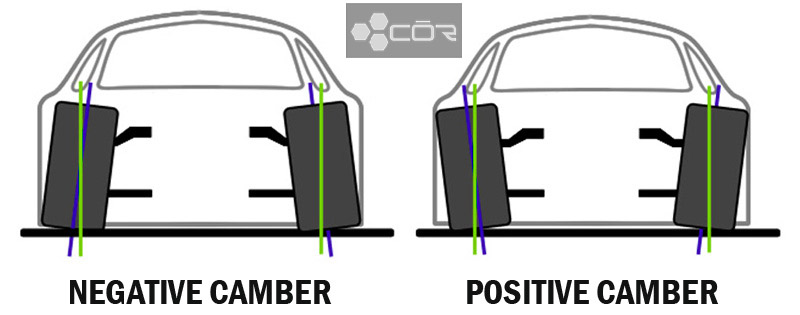
“Camber measurements” indicate a tire’s outward/inward tilt against its vertical axis. Too much camber – regardless of your chosen tire model – causes irregular and abnormal wear, particularly noticeable for the outer edges.
Fix Tips:
Bring your vehicle to a trusted tire shop for a quick and simple wheel alignment service. I also suggest some good tire rotations to balance out irregular tread depths over extended periods of usage.
3. Incorrect Toe Adjustments
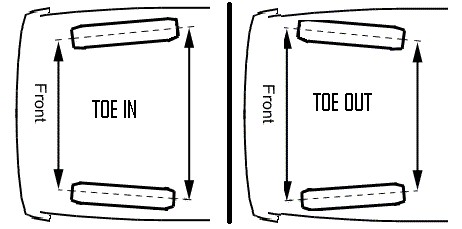
Toe measurements stipulate the outward/inward angle of your vehicle’s rear or front tires from the horizontal axis. Wrongly adjusted toes might trigger numerous unwanted mishaps – and accelerated/irregular tire wear along the edge is only one of them.
Fix Tips:
Have your car aligned by certified tire mechanics to prevent worsened wear. And given that the tires have not yet needed replacements, ask the technicians to give your worn tires some rotation, too.
If incorrect toes are the sole reason behind the wear – accompanied by no other technical issues – you might want to consider inspecting the front ends for further wear signals. Report to the mechanics and see what they can do.
4. Suspension Component Tears and Wears
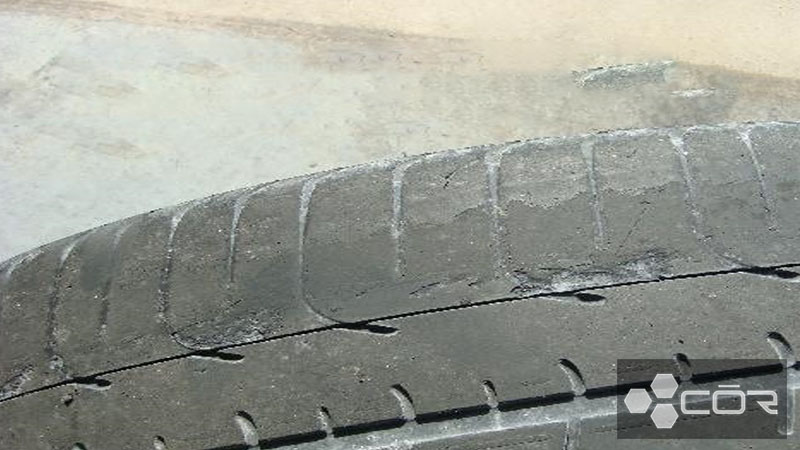
In certain cases, suspension issues might also cause your tires to deteriorate significantly along the tread edges. These wears are often scalloping or cupping inside the treads, looking as if they were peeled off in set patterns.
Although such defects will eventually affect the entire tire, some of its first notable symptoms are spotted along the outside edges.
Fix Tips:
Replace or fix any worn/compromised suspension part. The car’s struts and shock absorbers are two common examples of car compartments that need suspension repairs.
5. Component Damage
Another reason behind irregular outside wear is the damage to your car’s steering components – most likely caused by crashes or collisions. Even minor bumps (ex: striking the curb) can bring about serious component disfigurement.
Excessive trailer towing, constant off-road riding, and improper front-end installation might also play a part.
Fix Tips:
Regardless of the cause, take the car to service centers to replace compromised steering components. Ask the technicians to align the front-end parts during the swap, too.
6. Wheel Misalignment
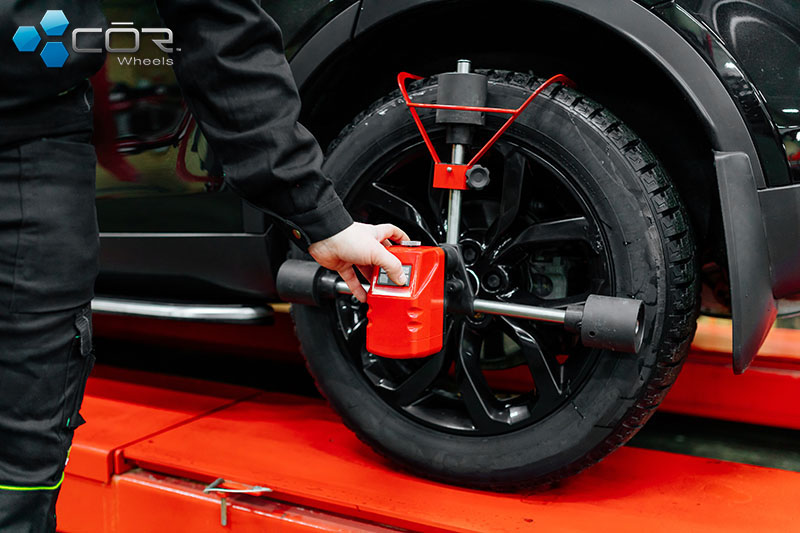
Ask yourself these critical questions:
- Was your car in any recent accident?
- Did its unbalanced tires hit large potholes while driving?
- Did its tires climb over hard road shoulders by accident?
“Yes” to any of these questions might cause the wheels to go off alignment.
And as your wheels tilt more outwards, the tire’s road-facing shoulders start to be put under much more pressure, causing the outer rubber edge to fall apart much faster than its inner counterpart. Ignoring the problem for too long leads to inconsistent wear rate on the outer edge and, in turn, shortens the tread life.
Fix Tips:
After having the bad tires aligned by experts, check their alignment every 6000-7000 miles. The older your tires get, the shorter checkup intervals they will need in order to keep bad alignment at bay.
7. Sagging Coil Springs
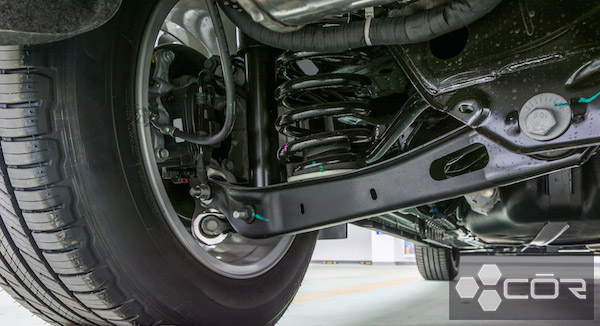
Even total beginners should grasp the essence of car springs: they support your car’s whole load while absorbing excess energy from bumpy road surfaces/ road shocks.
Their anti-sway bars take charge of every wheel movement to stabilize the vehicle and increase its performance efficiency.
Excessive, constant loads on these springs might weaken their flexibility, resulting in lost height in the coils, arch reduction for the leaf, and – you guessed it – outer wear.
And the nightmare has not ended there. As the springs lose weight, your car follows suit, which causes severe misalignment for the car’s entire suspension. Hence, the tire assembly is forced to work double to compensate, speeding up the wear.
Fix Tips:
Replace the sagged springs. Whether you do it at home or take the car to workshops, prepare to invest up to 450$ (maximum) in replacement parts.
8. Bad Ball Joints
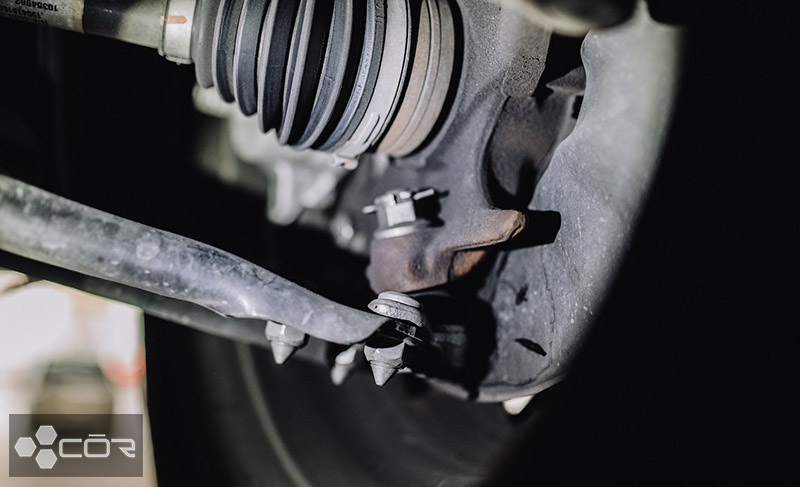
Joints are as important to vehicles as how body joints are to us humans. They keep the suspension properly moving to maintain optimal tire-road contact, which paves the way for a smooth, vibration-free trip and 100% vehicle control.
Unfortunately, like any other vehicle part, they are vulnerable to tear and wear. As signals of damage get more prominent, the wheels begin pointing more and more outwards, placing extra stress on the outside edge and leading to inevitable tire wear.
Fix Tips:
Align the wheels and replace worn joints. Change to another control arm bushing if the issue persists. Brace yourself for the cost: $1500 to $200 has long been the norm.
Why Only The Front Tires or Rear Tires Have Outside Wear
Both front tires wearing on outside are likely involved with sagging coil springs or toe-in issues. Simple alignment checks should do the job, though you should also check whether there are any bent or worn suspension components.
Meanwhile, exclusive outside wear on rear tires is more popular with sports cars, mostly due to negative camber and suspension damage after collisions (ex: curb or pothole strikes). Have professional mechanics set things straight for you.
Is It Safe to Drive With Outer Edge Wear?
No. It is never safe to drive with not just those on the outer edges but uneven tire wear of all types as well. The more severe the outside edges wear, the greater chance of a blow-out or hydroplaning due to reduced handling and loss of traction.
These damage signals clearly imply troubling issues not yet addressed, and putting them aside for too long only increases accident risks. Treat yourself better than that!
Other Type of Wear To Be Aware Of
Aside from edge wear, you should also pay attention to:
- Center wear: The center parts wear faster than the edges
- Cup wear: The diagonal sections with worn or rough tire tread
- Patchy wear: inconsistent scuffed spots around tires’ circumferences
Comply strictly with your rotation/alignment schedule, and treat abnormal symptoms as soon as possible.
FAQs
Do Vehicle Tires Wear Faster On The Outside?
Not always, since it depends on external factors. Take center wear, for example, where the center wears down faster than the outside edges.
Is Outer Tire Wear Illegal?
Yes, in certain regions and countries. The United Kingdom, for instance, has issued 1.6 mm as the legal minimum tread depth. Go below this benchmark, and you might face penalties.
Conclusion
My guidelines have dug deep into troubleshooting advice for.
While excessive wear on the outer tire treads are not totally irreversible, the repair can be quite time-consuming. Keep a strict, regular tire maintenance schedule to save both your time and money, and contact my tire expert team if you are still concerned about road safety.

